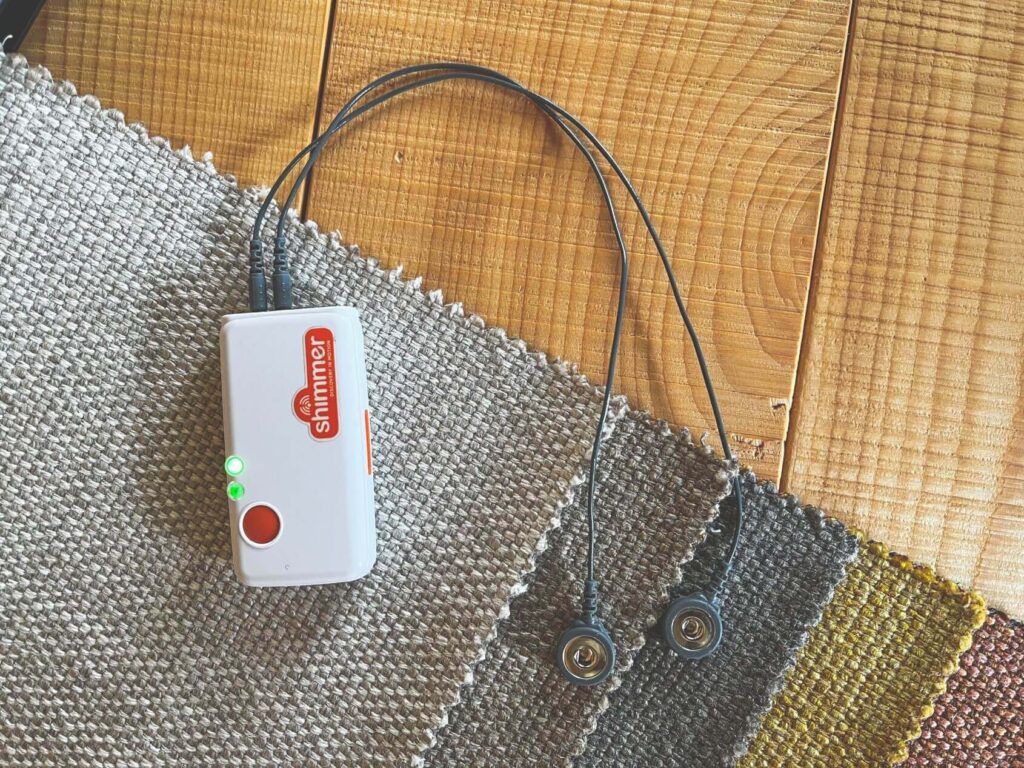This year, TSW was also among the 370,000 visitors present at the Salone del Mobile. An opportunity to assist first-hand in the experience of the clients of our clients, to lay the foundations of an ambitious project together (we talked about it here), but also to share our research on the tactile perception of materials by means of psychophysiological methods. Thus illustrating how products and product experiences can be improved by listening to people and studying the objective measurement of their perceptions.
Neuroscience and listening to people to improve product experience
We have always affirmed the importance of involving people in all phases of design. Doing so is simple, you just need a space for sharing, and “reconnection”, a place where companies open themselves to listening to the experiences of their customers, all the while supported by us as we interpret and facilitate this relationship.
Often, however, what people say about their perception actually hides much more, that is, innate perceptions that are not conveyed through words, but that have a significant impact on the overall experience. How, then, can we access the implicit sphere and truly understand what customers experience as they use a service or product?
It is possible to objectively measure people’s undeclared perceptions through scientific research and neuroscience, accessing extraordinary data that complements the already precious wealth of information that collected through listening and co-creation activities with the very same clients.
From a practical point of view, behavioral and neuroscience research models require a significantly lower number of participants than more traditional methodologies to statistically guarantee results. Furthermore, from a more general perspective, the current historical period presents great potential for the application of psychophysiology and the study of psychophysiological data, not only in classical scientific fields, but also for the development of future scenarios and technologies such as the metaverse.

The psychophysiological measurement of tactile perception: our research
We recently carried out research on the tactile perception of different materials with the aim of detecting, on the one hand, the degree of pleasure declared through a listening activity and, on the other, the degree of pleasure actually perceived on a psychophysiological level.
To do this, we involved 24 participants, asking them to touch four different types of carpets belonging to two different price ranges, but without knowing the relative prices. During the experiment, we recorded their electroencephalographic signal (EEG) and their skin conductance level (SCL). What did we discover? The data speaks for itself, emotional responses do not always coincide with what is verbally declared.
In fact, the test demonstrated that one of the cheapest materials actually had the highest response in terms of pleasantness. In light of these results, it would be reasonable to consider reorganizing how fabrics are presented to potential clients. Starting from budget availability, the showroom should then propose a comparison between carpets strictly in the same price range so that the perceived pleasantness of the cheaper material does not affect the possibility of selling one of greater value.
How relevant are the results of this test? Highly, as they would allow all those who sell products in which the tactile component is a deciding factor during the purchase phase, such as this specific case with carpet, to define new sales methods based on the people’s experiences, to create a better overall purchase experience for customers, and to optimize sales at the same time.
If you want to know more, you can consult our research results here: Neuroscience for measuring the pleasantness of materials.